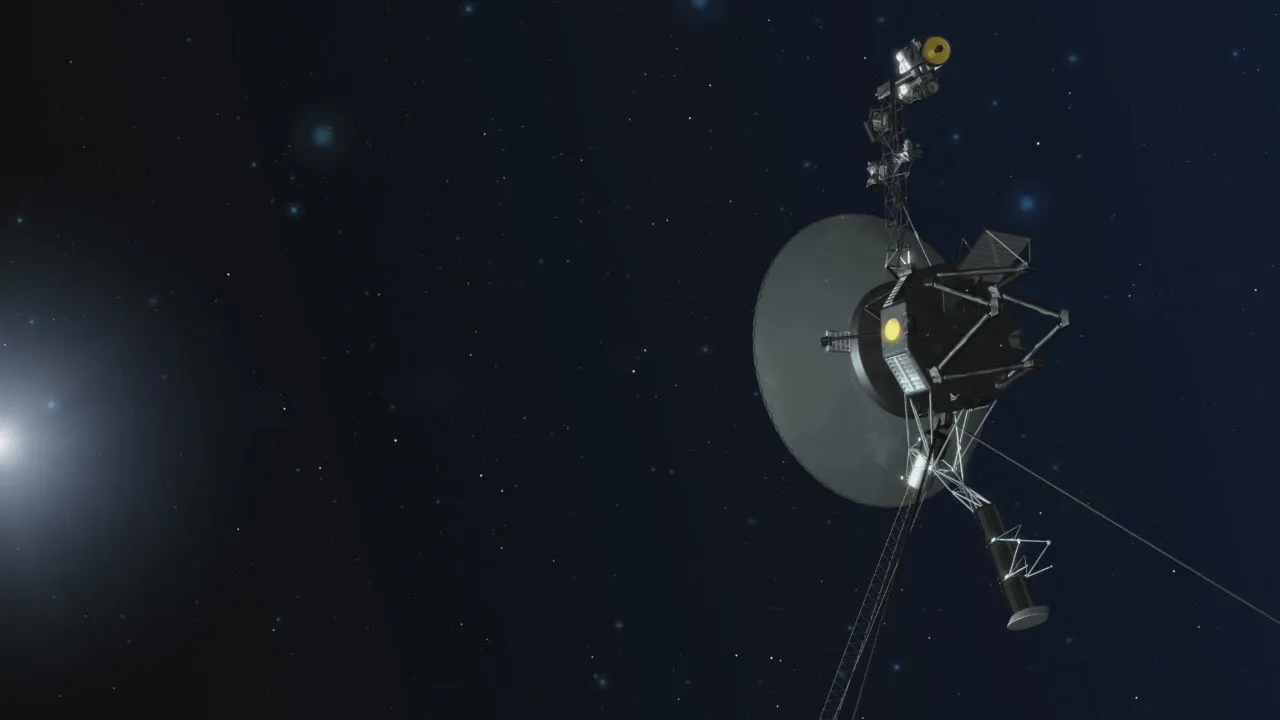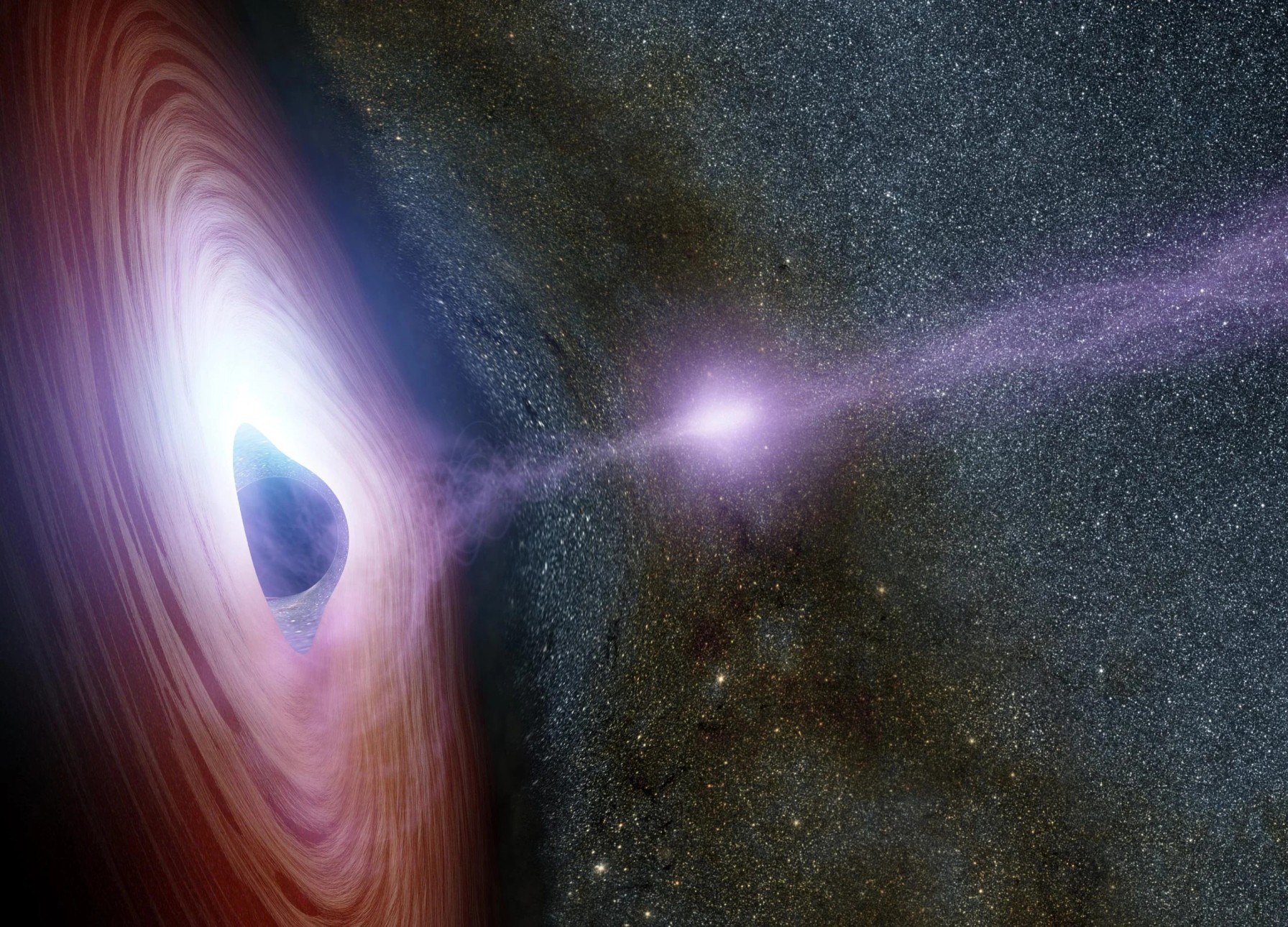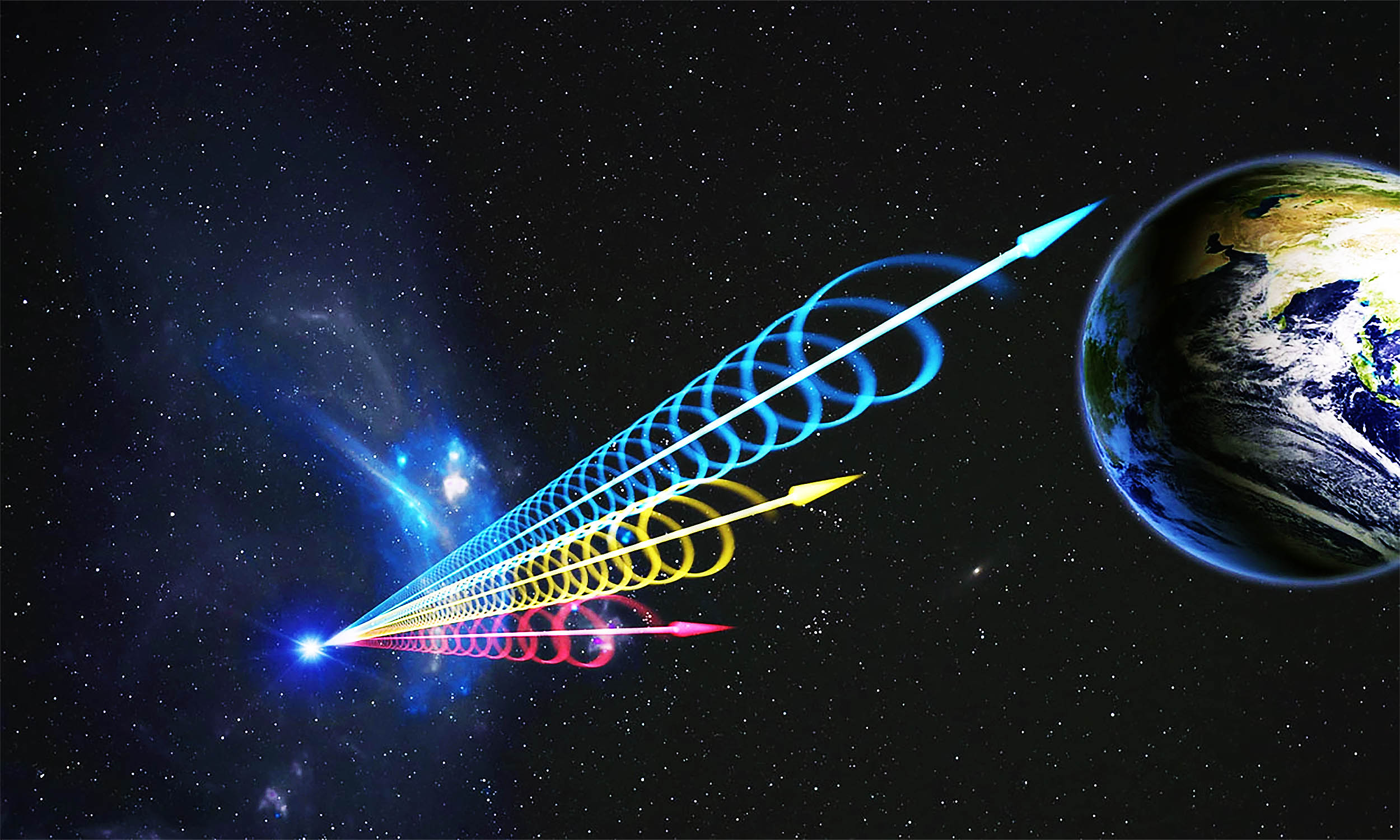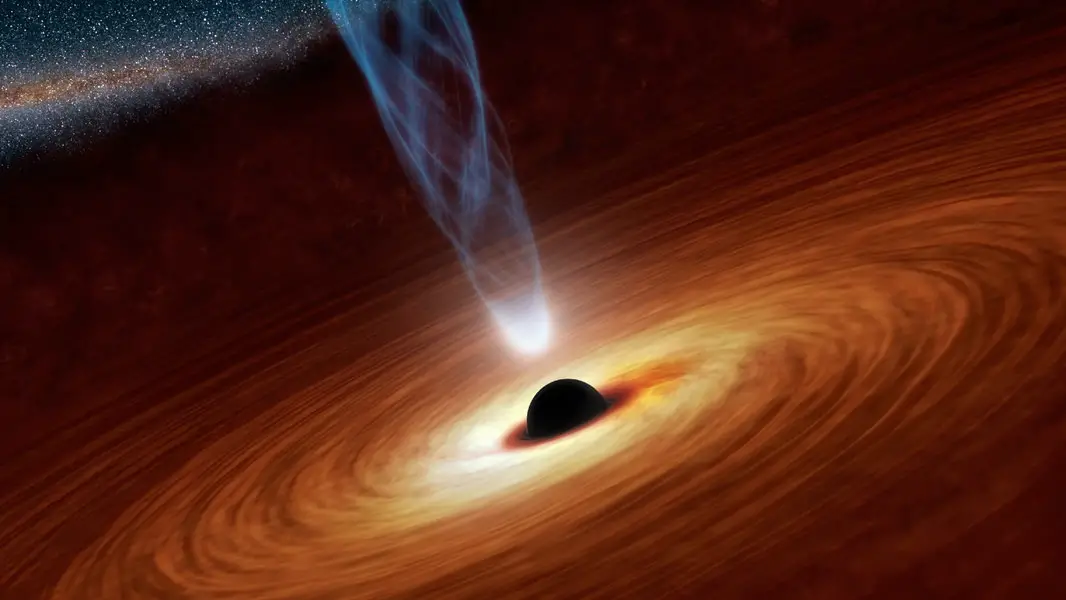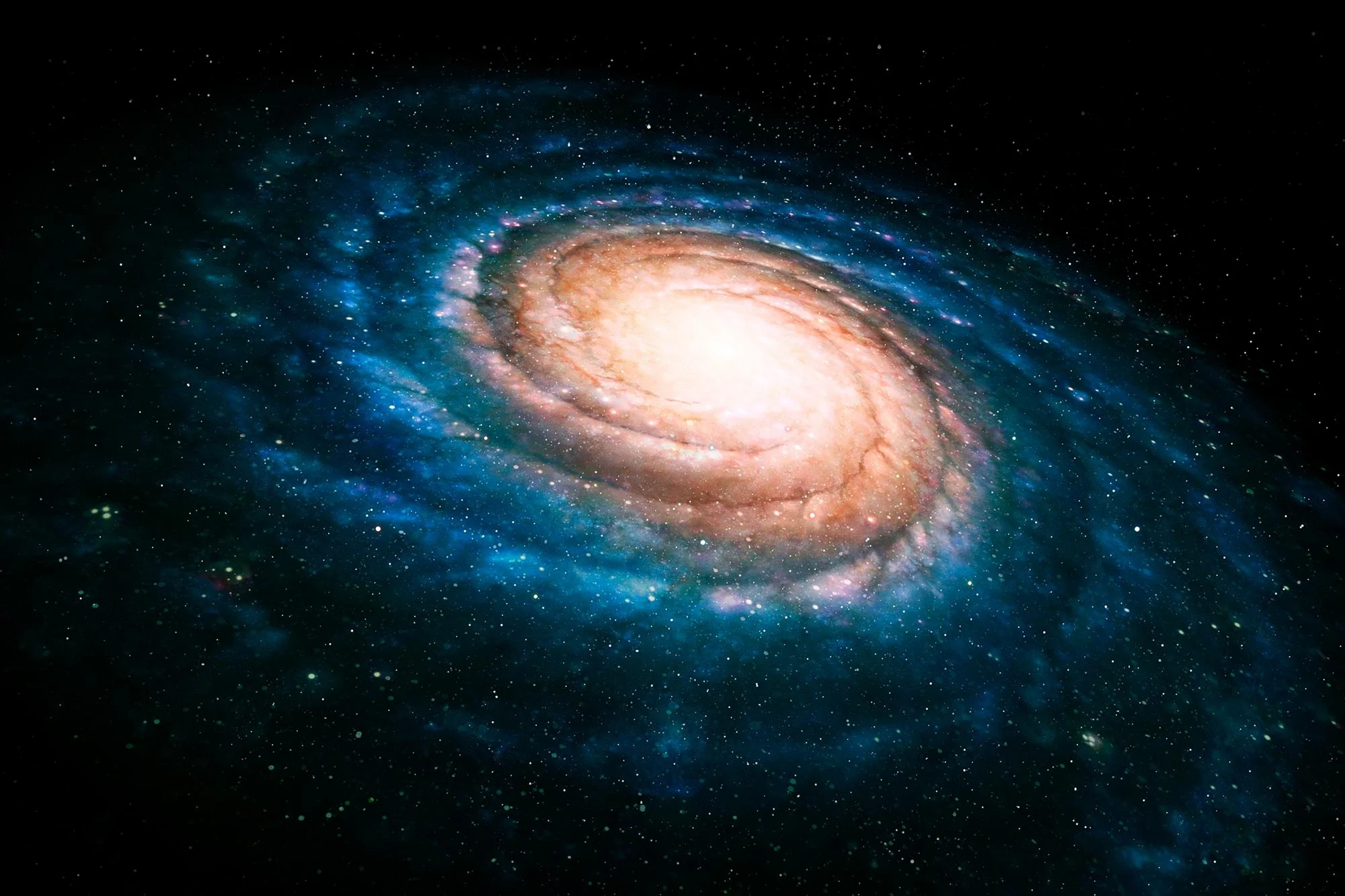Voyager 1 will reach another star in 40,000 years—Voyager 2 needs 300,000 years.
Key Takeaways
- NASA’s Voyager probes, launched in 1977, are still operational and exploring interstellar space.
- Despite their age, both spacecraft continue sending back groundbreaking data on the outer solar system.
- Voyager 1 and 2 have revealed surprising details about the heliopause and the Sun’s influence.
- NASA expects to receive engineering data from the probes until at least 2035.
- Each spacecraft carries a golden record—a time capsule meant for future civilizations.
________
Still Exploring After 51 Years
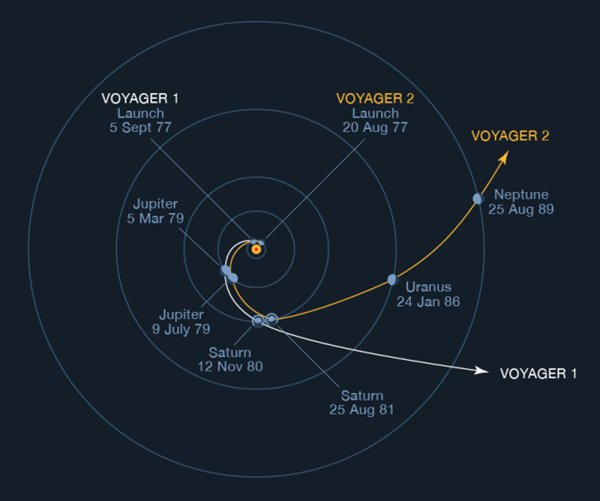
NASA launched the Voyager 1 and 2 probes in 1977 to take advantage of a rare planetary alignment that happens once every 175 years. The spacecraft provided stunning first-time views of the outer planets, including Jupiter’s volcanic moon Io and evidence of an ocean beneath Europa’s icy crust. They remain the only probes to have visited Uranus and Neptune, capturing details about their atmospheres and rings.
Today, Voyager 1 and 2 hold the record as the longest-running space mission, traveling at 35,000 mph beyond our solar system. Voyager 1 entered interstellar space in 2012, followed by Voyager 2 in 2018. Scientists confirmed this transition when both probes crossed the heliopause—the boundary where the Sun’s influence ends, and interstellar space begins. Surprisingly, Voyager 2 detected solar particles leaking beyond this barrier, contradicting previous expectations.
The Future of Voyager’s Journey
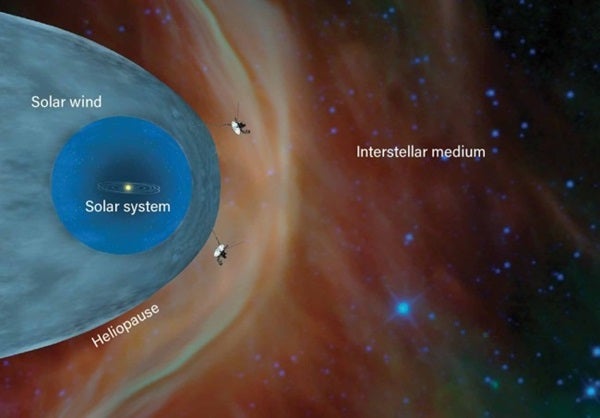
Despite their distance—over 14 billion miles away—both probes continue sending back valuable scientific data. However, NASA anticipates that by 2025, only one scientific instrument on each probe will remain active due to power limitations. By 2035, they will be too far to communicate with Earth.
Even after they fall silent, the Voyager probes will continue their journey. Voyager 1 will take 40,000 years to approach another star, while Voyager 2 will need 300,000 years. Each spacecraft carries a golden record, a message curated by Carl Sagan with sounds, music, and greetings in 55 languages—a time capsule for any future civilizations that may one day find them.
As Sagan once reflected, even when Earth is long gone, the Voyager records will drift through the Milky Way, preserving a whisper of our civilization’s existence.
